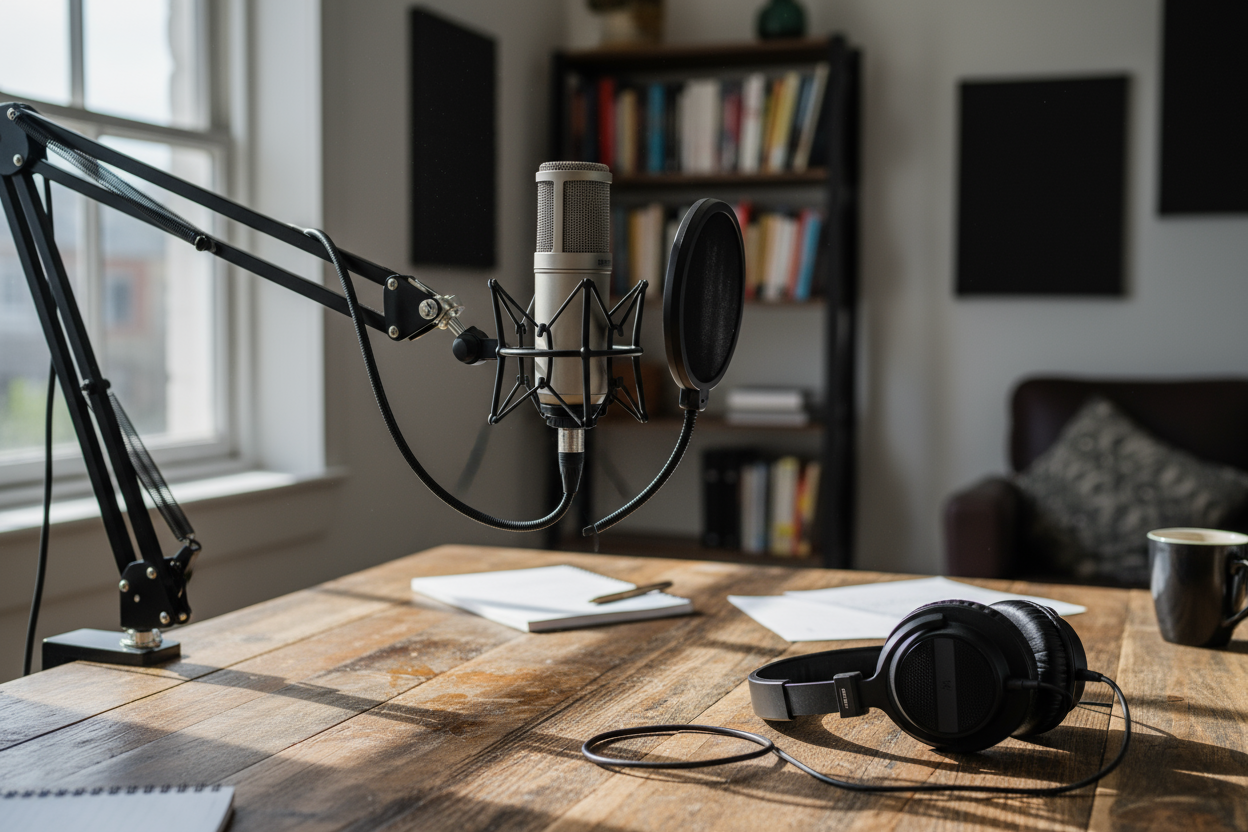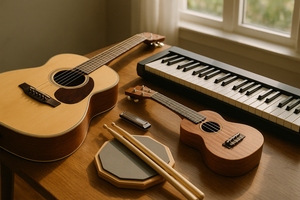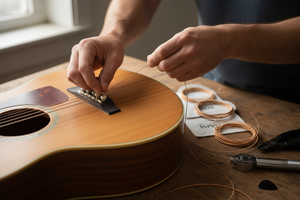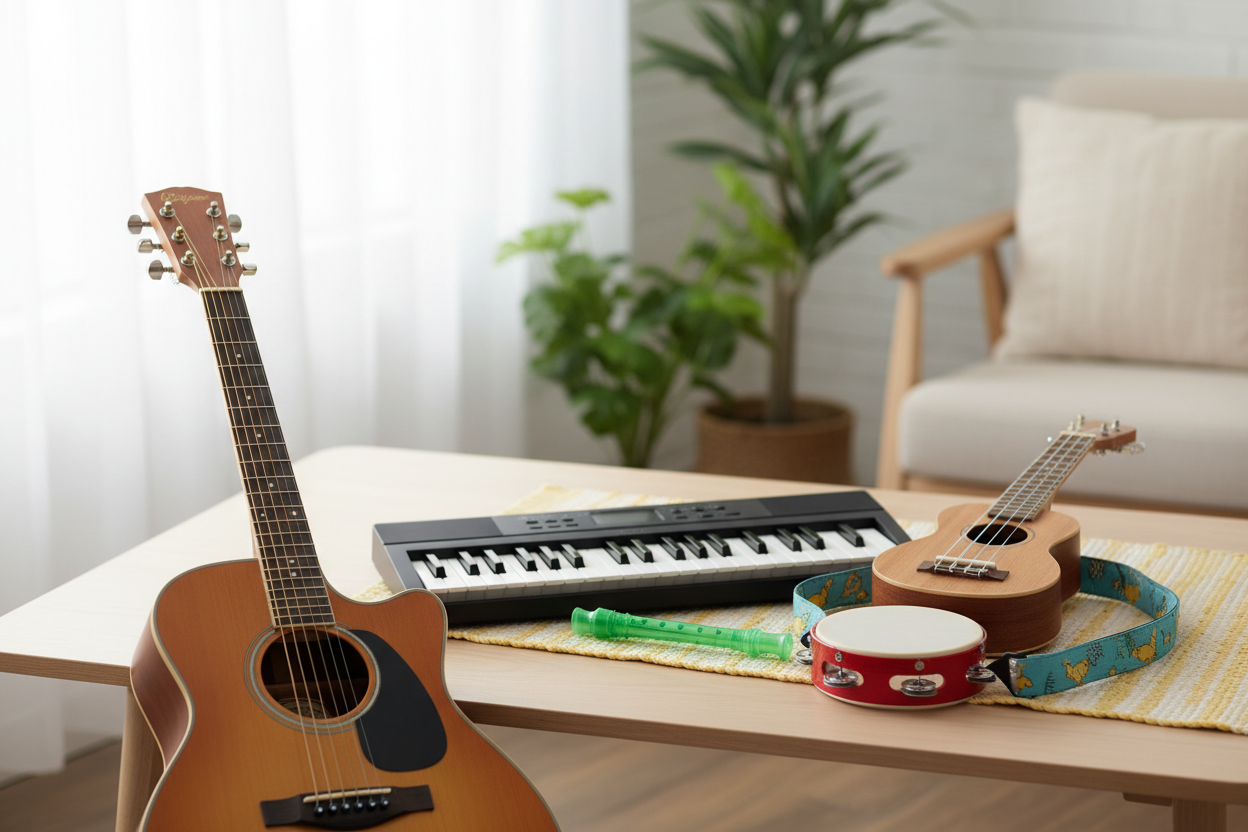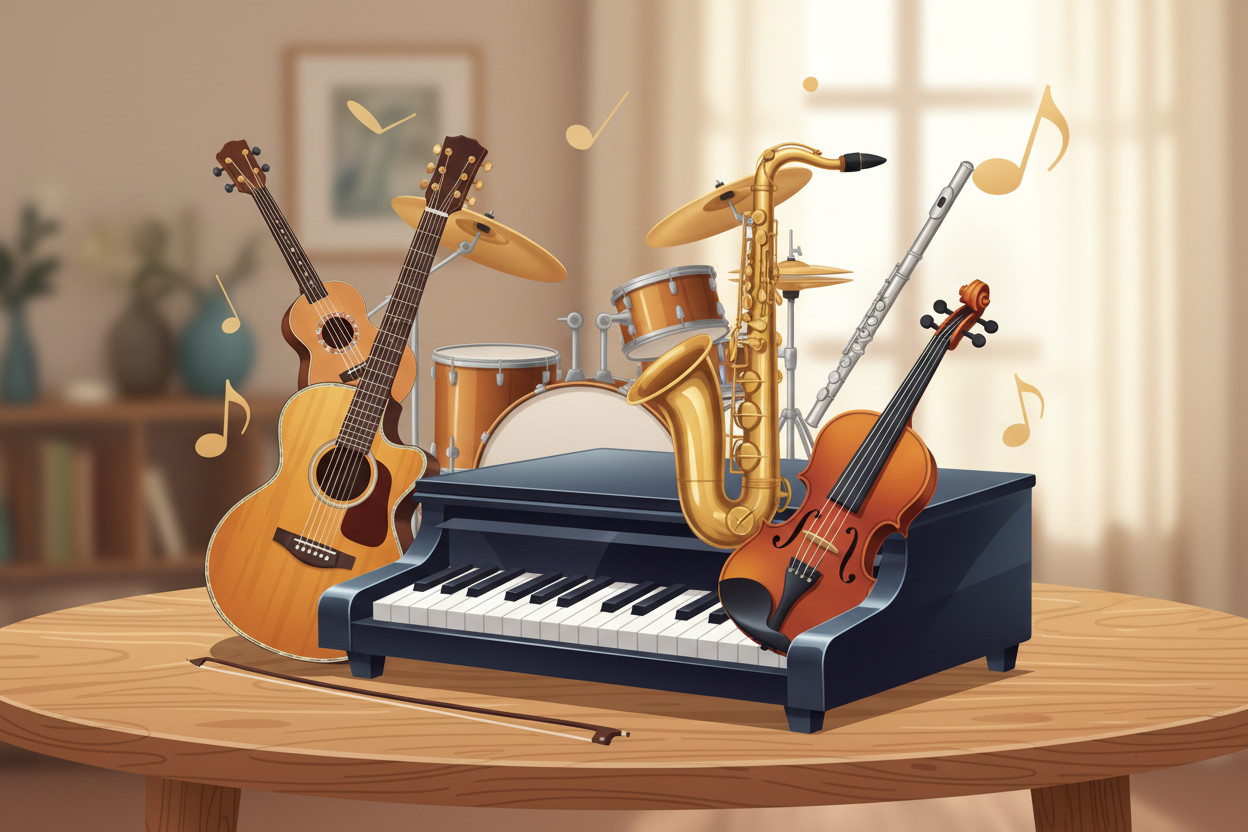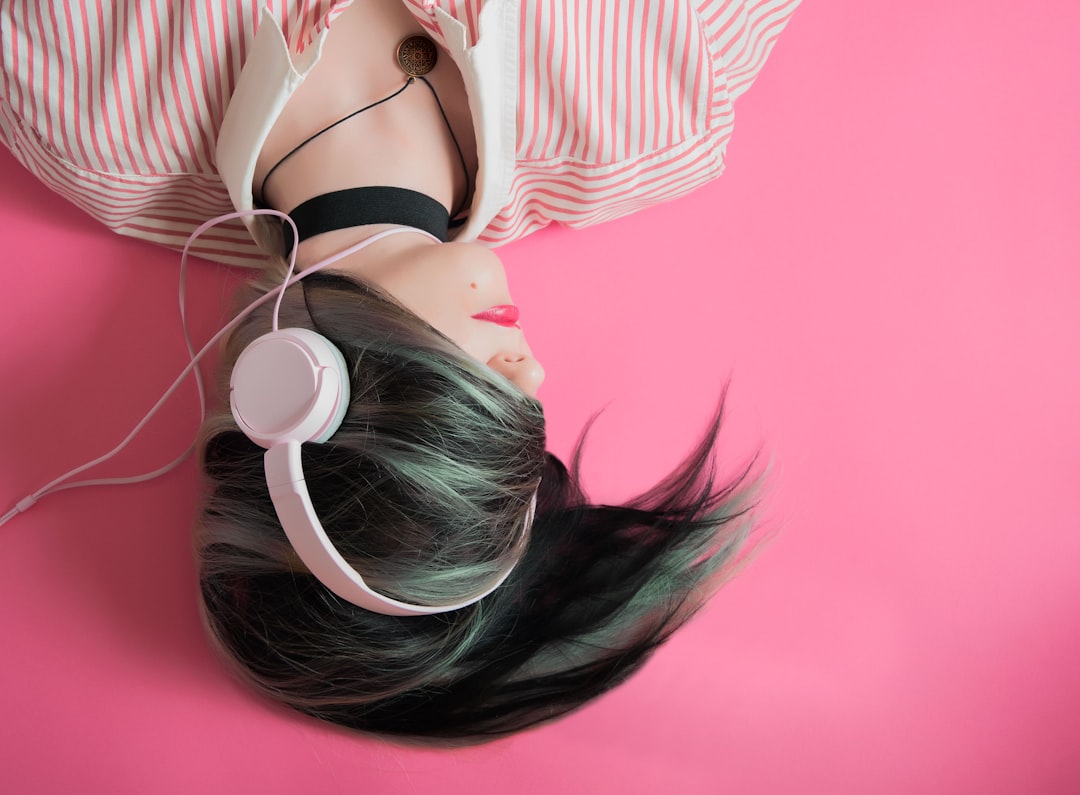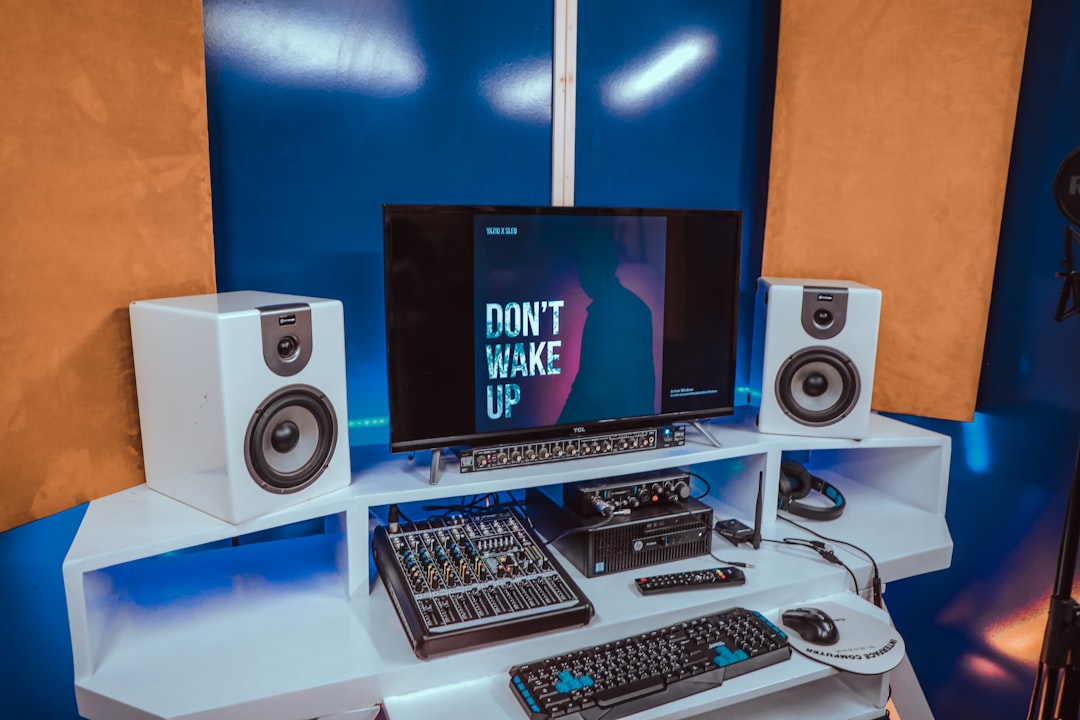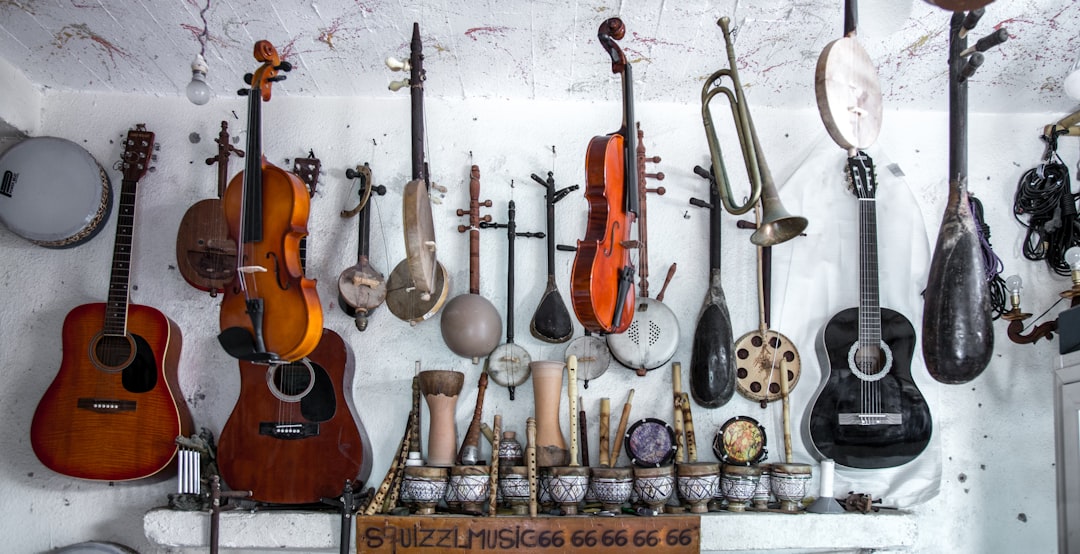Choosing the Right Podcast Microphone: The Ultimate Guide for Podcasters
Selecting the perfect microphone is the foundation of every professional-sounding podcast. This guide breaks down the essentials—from microphone types and connectivity options to polar patterns, top picks, accessories, and setup tips—helping you capture crisp, clear audio tailored to your needs and environment.
Key Takeaways
- Dynamic mics excel in noisy, untreated rooms; condenser mics shine in quiet, treated studios.
- USB microphones are beginner-friendly with easy plug-and-play use, while XLR offers professional flexibility and scalability.
- Polar patterns like cardioid and supercardioid help isolate your voice and reduce ambient noise effectively.
- Essential accessories such as boom arms, pop filters, and shock mounts improve sound quality and recording consistency.
- Proper mic placement, gain staging, and environment control drastically affect recording quality.
- Hybrid USB/XLR models like the Shure MV7+ offer scalable upgrades for growing podcasters.
Table of Contents
- Introduction: Find the Best Podcast Microphone for Your Show
- Dynamic vs. Condenser Microphones
- USB vs. XLR Microphones
- Polar Patterns Explained
- Top Podcast Microphone Recommendations
- Essential Podcast Microphone Accessories
- Setting Up Your Microphone
- Beyond the Microphone: Managing Your Podcast Workflow
- Conclusion: Make an Informed Choice
- FAQ
Introduction: Find the Best Podcast Microphone for Your Show
Whether you’re launching your first podcast or upgrading your gear, selecting the right microphone is one of the most important decisions you’ll make. Your microphone shapes your voice, filters background noise, and influences how professional your show feels. From simple USB models to studio-grade XLR dynamic microphones, this guide covers everything you need to know about microphone types, connections, polar patterns, accessories, and techniques for a tailored setup within your budget.
1. Dynamic vs. Condenser Microphones: Which Is Best for Podcasting?
Understanding the key differences between dynamic and condenser microphones ensures you pick the right tool for your recording environment and podcasting style.
Dynamic Microphones: Built for Noisy or Untreated Rooms
- Durable and rugged: Designed for daily use and withstands accidental drops.
- Background noise minimized: Ideal for rooms with echo, street noise, or fans.
- No phantom power needed: Plug directly into interfaces or mixers.
- Broadcast-level quality: Trusted by professionals and podcasters alike.
Popular examples include the Shure SM7B and Rode PodMic, both delivering clear, full-bodied vocals even outside ideal studios.
Condenser Microphones: Ideal for Quiet, Controlled Studios
- Rich detail and nuance: Capture subtle vocal inflections perfectly.
- Highly sensitive: Works best in quiet, acoustically treated rooms.
- Requires phantom power (for XLR): Powered via interface or mixer.
- USB condenser mics: Offer plug-and-play convenience.
Great choices include the sE Electronics Neom and Rode NT-USB+ for crisp and clear recordings in controlled environments.
2. USB vs. XLR Microphones: Understanding Connectivity and Quality
How your microphone connects impacts your recording workflow and future growth possibilities.
USB Microphones: Quick Setup for Beginners
- Simplified setup: Microphone, preamp, and interface built-in.
- Cost-effective: Great sound quality at an accessible price.
- Portable: Ideal for solo hosts and mobile recording.
- Limitations: Less flexible for multi-mic setups and fewer controls.
Popular models include the Blue Yeti, Audio-Technica AT2020USB+, and sE Electronics Neom.
XLR Microphones: Professional Control and Scalability
- Superior sound: High-quality analog signal with flexible preamps.
- Expands easily: Supports multiple hosts or guests via mixers/interfaces.
- Hardware control: Real-time gain, EQ, and more.
- Phantom power support: Necessary for condenser XLR mics.
Featured professional mics include the dynamic Shure SM7B and condenser Neumann TLM 102. Hybrid options like the Shure MV7+ provide both USB and XLR options for flexible setups.
| Feature | USB Microphones | XLR Microphones |
|---|---|---|
| Connection | USB direct to computer | Requires interface or mixer |
| Setup Complexity | Simple, all-in-one | More advanced, external gear needed |
| Flexibility | Limited to single-mic use | Built for multi-mic setups & mixing |
| Sound Quality | Very good for beginners & mid-level | Exceptional with quality preamps |
| Best For | Entry-level, mobile setups | Professional, multi-person recordings |
3. Polar Patterns Explained: Cardioid, Supercardioid, and More
The polar pattern dictates how a microphone picks up sound from different angles. Selecting the right one can improve clarity and reduce unwanted noise.
Cardioid: The Go-To for Solo Podcasters
- Most sensitive at the front to capture direct sound.
- Reduces audio from sides and rear for isolation.
- Easy to set up and position consistently.
Supercardioid: Focused Pickup with Greater Isolation
- Narrower pickup angle than cardioid.
- Minimizes crosstalk for multi-host or studio use.
- Requires precise placement.
Omnidirectional: Captures Sound All Around
- Equal sensitivity in all directions.
- Best for roundtable discussions or ambient sound.
- Needs controlled, quiet environments to avoid noise pickup.
4. Top Podcast Microphone Recommendations: From Beginner to Pro
Best Overall Podcast Microphone: Shure MV7+
- Type: Dynamic, cardioid
- Connections: USB and XLR
- Price: ~$249 (XLR) / $199 (USB)
- Features dual connectivity, built-in DSP, durable design, and intuitive controls.
Best Beginner Microphone: sE Electronics Neom
- Type: USB condenser, cardioid
- Price: ~$99–$109
- Plug-and-play ease with crisp vocals and solid metal build.
Best Upgrade USB Microphone: Rode NT-USB+
- Type: USB condenser
- Price: ~$159–$179
- Studio-quality sound with built-in Aphex processing for warmth and clarity.
Best Budget Microphone: Audio-Technica AT2040USB
- Type: USB dynamic, hypercardioid
- Price: Under $200
- Strong noise rejection and vocal focus with extra accessories included.
Best Sound Quality: Sontronics Podcast Pro
- Type: XLR dynamic, supercardioid
- Price: Mid-range
- Purpose-built for podcast vocals with superb ambient noise control.
Best Professional Microphone: Shure SM7B
- Type: XLR dynamic, cardioid
- Price: ~$499
- Broadcast-quality clarity, excellent isolation, and industry favorite in radio and podcasting.
5. Essential Podcast Microphone Accessories for Quality Recording
To get the most from your microphone, consider these vital accessories:
- Boom Arms and Stands: Support stable mic placement and reduce desk vibrations.
- Pop Filters and Windscreens: Minimize harsh plosives and breath noise; windscreens help outdoors.
- Shock Mounts: Dampen vibrations and handling noise, especially critical for sensitive condensers.
- Studio Headphones: Essential for monitoring and editing, with closed-back models preventing audio bleed.
6. Setting Up Your Microphone: Tips for the Best Sound Quality
- Mic Placement: Position roughly six inches below your mouth, angled upward to reduce plosives and breath noise.
- Gain Staging: Adjust so loud speech peaks between −6 and −3 dBFS to avoid distortion.
- Control Your Environment: Choose quiet locations and use blankets or foam panels to absorb echo.
- Multi-Mic Sessions: Use supercardioid mics to minimize bleed; prefer XLR setups over USB for multiple microphones.
7. Beyond the Microphone: Managing Your Podcast Workflow
- Audio Interfaces and Mixers: Provide phantom power, gain control, and multiple inputs; essential for complex setups.
- Data Backup: Regularly save raw and edited files on external drives to prevent loss.
- Podcast Hosting Platforms: Distribute episodes reliably with platforms like Libsyn, Anchor, and Podbean.
Conclusion: Make an Informed Choice for Your Podcast Microphone
Your microphone choice should align with your experience, recording environment, and future growth plans. New podcasters find simplicity in USB mics like the sE Neom or Blue Yeti, while intermediate users benefit from hybrid options like the Shure MV7+. Professionals aiming for broadcast-level sound prefer XLR microphones such as the Shure SM7B or Sontronics Podcast Pro. Combine your mic with quality accessories, place it correctly, and monitor your gain to maximize sound quality. Armed with these tools and tips, your podcast will not just sound professional—it will stand out.
For further insights and detailed reviews, explore MusicRadar’s guide to podcasting microphones or Rode’s breakdown of XLR vs. USB mics.
FAQ
What microphone is best for a beginner podcaster?
USB condenser microphones such as the sE Electronics Neom or the Blue Yeti are excellent beginner options due to their plug-and-play simplicity, affordability, and good audio quality.
Should I choose a dynamic or condenser microphone?
If recording in a noisy or untreated room, a dynamic microphone is best because it rejects background noise. For quiet, acoustically treated spaces, a condenser microphone captures richer detail and nuance.
What are the advantages of XLR microphones over USB?
XLR microphones offer higher audio quality, scalability for multi-mic setups, and hardware control over gain and EQ but require additional equipment like audio interfaces or mixers.
How important is mic placement?
Proper microphone placement is crucial. Positioning the mic about six inches below your mouth and angled upward reduces plosives, breath noise, and nasal tones, resulting in cleaner, more consistent recordings.
Can I use more than one USB microphone simultaneously?
Using multiple USB microphones on Windows can cause driver conflicts and timing issues. For multi-person podcasts, XLR microphones connected through an interface or mixer are a more reliable solution.

